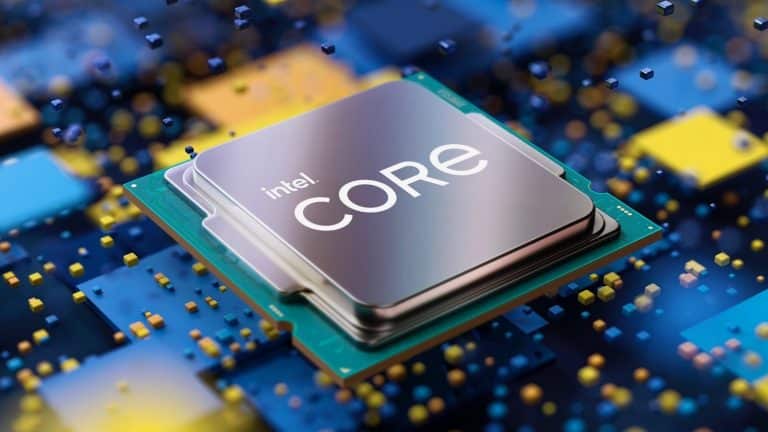Since Apple introduced its Silicon processor last year, Intel has worked tirelessly to demonstrate that its CPUs are not less powerful than those of Apple. Intel has drawn parallels between its CPUs and Apple’s M1 on several occasions, despite the fact that the inside design of Intel’s processors does not match the interior architecture of an Apple M1 processor.
As part of Intel’s Architecture Day, the company demonstrated its Alder Lake series of hybrid CPUs, which will compete with Apple’s Silicon.
Intel has been planning for the release of this chipset series for quite some time. Intel unveiled the new IDM 2.0 approach, as well as new nomenclatures for process nodes and a new line of desktop graphics cards, earlier this year. It is critical that these developments take place for the firm, as some of them are converging to result in the establishment of Alder Lake processors.
The hybrid architecture, which is used by Apple in its Silicon cores and is one of the mainstays of mobile processors, is at the heart of the 12th Generation Core Alder Lake. This architecture includes a mix of both performance and efficiency cores and is at the heart of the 12th Generation Core Alder Lake.
A new Intel 7 technology mode, which is based on the same architecture as the company’s 10nm chipsets, will be used in Alder Lake, making it the first chip to employ the new Intel 7 technology mode. The Alder Lake chipset will have a new x86 performance core, codenamed “Golden Cove,” which will be the successor to the previous “Willow Cove.”
Intel claims that Alder Lake is the most powerful core it has ever created, which implies that it should result in a significant improvement in PC performance. Intel, on the other hand, only compared the Golden Cove core to the Cypress Cove core, which is utilized on the 10nm architecture and is somewhat less powerful than the Willow Cove core.
Intel CPUs have always had a performance core, but this year the firm is adding an efficiency score for the first time in the industry. Codenamed “Gracemont,” the x86 efficiency core is expected to be the most energy-efficient x86 CPU core in the world, according to Intel.
When it comes to single-threaded applications, one of the efficient cores in Alder Lake may deliver 40 percent greater performance at the same power consumption as a Skylake core, according to Intel. These cores will operate at a low voltage and will be capable of handling basic tasks.
Efficiency cores have been present in Intel’s Atom CPUs for some time now, and they are designed to handle light activities that require less power. The performance cores have been present in Intel’s strong Core processors for some time, and they are responsible for handling resource-intensive applications.
Intel intends to move forward with its chipsets in a hybrid fashion, aiming to compete with Apple Silicon, which also employs a combination of performance and efficiency cores in its current MacBook Pro and MacBook Air models, among other things. The Alder Lake chipsets, which will be the first in a series of hybrid chipsets, will be released this autumn and will be the first in the series.

